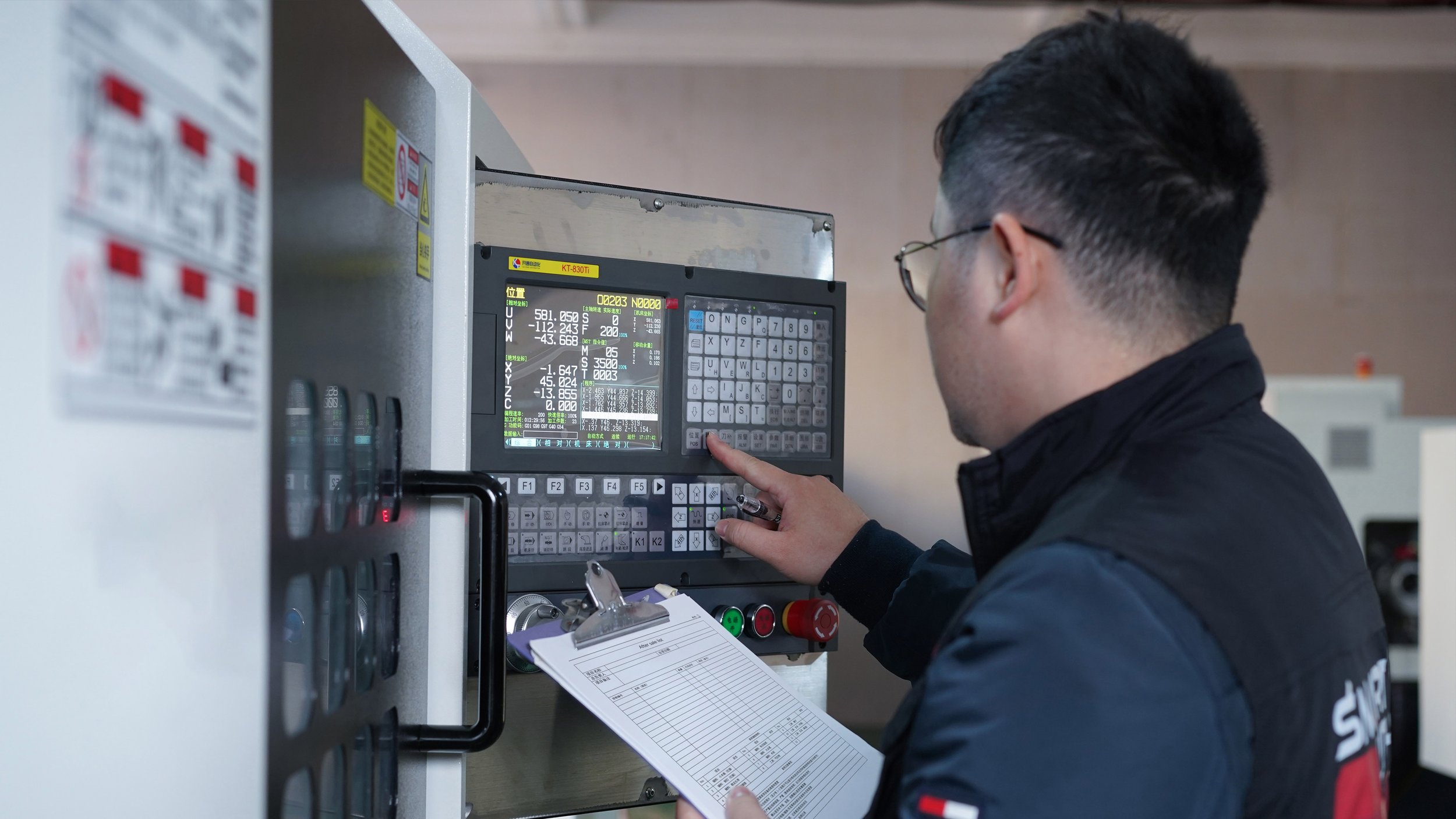How to Reduce or Fix CNC Machine Chatter?
What is Chatter?
After turning on a mechanical lathe, a tail nail may appear, an effect caused by the lathe stopping at the end of the workpiece. In the machining world, the tail nail is often referred to as a "chatter mark" or "chatter". This is because when tail nails form on the surface of a workpiece, they create a vibrating or trembling effect, similar to a "chatter" sound. Therefore, you can use these two terms to describe this tail nail phenomenon that occurs in lathe processing.
Chatter during machining will reduce tool life and a substandard surface finish.
How to Reduce or Fix CNC Machine Chatter?
The following methods are usually adopted according to the actual situation:
1. Chamfering or cutting away
Tail nails can be chamfered or cut away by using a cutter or other tool. This helps remove any protrusions and makes workpieces smoother.
2. Hand Grinding
Using a manual or automatic grinder, tail nails can be finely ground to obtain the desired surface quality and size.
3. Adjust lathe parameters
Adjust some parameters of the lathe, such as cutting speed, feed speed, tool cutting angle, etc., to reduce or eliminate the generation of tail pins.
4. Improved process
By optimizing the entire turning process, including tool selection, tool wear monitoring, workpiece clamping, etc., the generation of tail pins can be reduced.
5. Subsequent processing
The workpiece is transferred to other equipment for subsequent processing, such as a grinder or other finishing equipment to remove the tail pin and meet accuracy requirements.
In conclusion, to avoid CNC machine chatter, you should make sure that your CNC machining setup is as rigid as possible in every way. To identify stable operating points, make slight adjustments to spindle speeds and feed rates. Reduce vibration through the use of specially made tools, tool holders, and machining techniques.
The specific processing method may vary depending on the material and shape of the workpiece and the configuration of the lathe. In practical applications, it is usually necessary to choose the most suitable processing method according to the specific situation.


